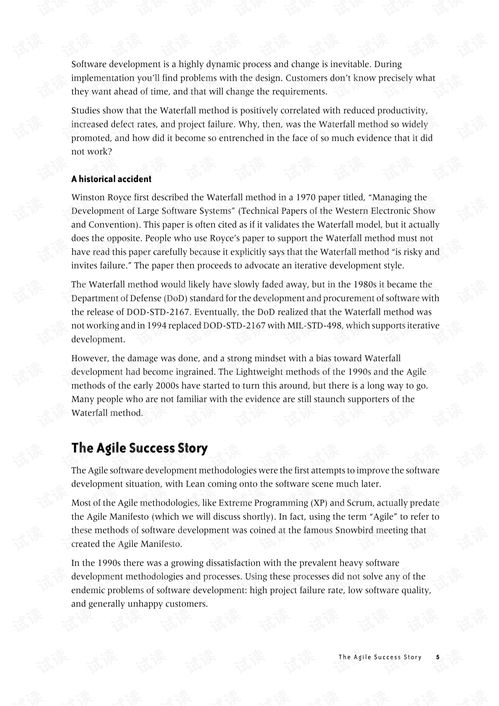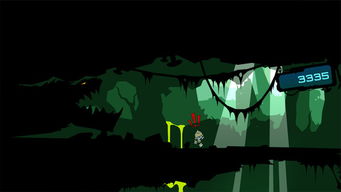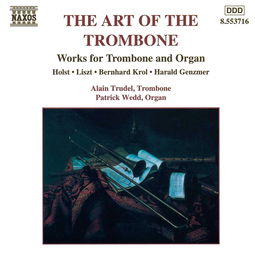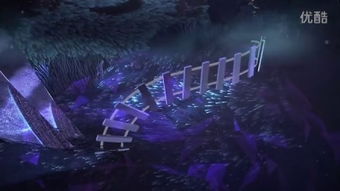Content:
Dredging fishing, also known as "chaining" or "threading," is a popular technique used by anglers to target a variety of fish species in both freshwater and saltwater environments. The process involves using a line with multiple hooks attached to it, often referred to as a "chain" or "snell," to cover a wider area and increase the chances of catching fish. However, one of the key challenges in dredging fishing is achieving the perfect bait adjustment. In this article, we will delve into the art of bait adjustment and provide you with essential tips to enhance your dredging fishing experience.
Understanding the Basics of Bait Adjustment
Before we dive into the specific techniques, it's important to understand the basics of bait adjustment in dredging fishing. The goal is to ensure that the bait is presented in a way that is attractive to the fish while also being practical for the angler. This involves considering factors such as the weight of the bait, the depth at which the bait is presented, and the movement of the bait in the water.
Choosing the Right Bait
The first step in the bait adjustment process is selecting the right bait. Different fish species have varying preferences when it comes to bait, so it's important to research the species you're targeting. Common baits for dredging fishing include:
- Live Bait: Small fish, shrimp, or worms that are alive and moving can be highly effective.
- Dead Bait: Dead fish, shrimp, or other organisms that are still attractive to fish but do not require the movement of live bait.
- Artificial Bait: Lures or artificial baits designed to mimic the movement and appearance of natural prey.
Balancing the Weight of the Bait
The weight of the bait is crucial in determining how deep it will sink and how quickly it will move through the water. A heavier bait will sink faster and move more slowly, while a lighter bait will float higher and move more quickly. Here's how to balance the weight:
- Use a Scale: Invest in a fishing scale to weigh your baits accurately.
- Experiment: Start with a moderate weight and adjust as needed based on the water conditions and the species you're targeting.
- Consider the Water Depth: If you're fishing in deeper waters, you may need a heavier bait to reach the fish effectively.
Adjusting the Depth of the Bait
The depth at which your bait is presented can significantly impact your success. Here's how to adjust the depth:
- Use a Fish Finder: A fish finder can help you determine the depth at which fish are located.
- Adjust the Leader Length: The length of the leader between the bait and the main line can affect the depth. A longer leader will allow the bait to sink deeper.
- Change the Weight: Adding or removing weight from the line can also adjust the depth.
Ensuring Proper Movement of the Bait
The movement of the bait is crucial in attracting fish. Here are some tips to ensure proper movement:
- Natural Movement: Use baits that naturally move in the water, such as live bait or certain artificial lures.
- Add Weight: Adding weight to the line can make the bait sink and move more slowly, which can be effective for certain fish species.
- Twitching: Gently twitch the rod tip to create a natural movement that mimics the prey's action.
Monitoring and Adjusting on the Fly
Once you've set up your bait and started fishing, it's important to monitor the situation and make adjustments as needed:

- Observe the Bait: Pay attention to how the bait is moving and sinking. If it's not working, consider changing the weight or leader length.
- Listen to the Line: If you feel a sudden pull or a change in tension, it could indicate a fish. Adjust your rod position and set the hook promptly.
- Stay Patient: Dredging fishing can be a waiting game. Be patient and make adjustments slowly to avoid losing fish.
Conclusion
Dredging fishing can be a highly rewarding experience, but achieving the perfect bait adjustment is key to success. By understanding the basics of bait adjustment, choosing the right bait, balancing the weight, adjusting the depth, ensuring proper movement, and making on-the-fly adjustments, you can enhance your chances of catching fish. Remember, the art of bait adjustment is a skill that improves with practice, so don't be afraid to experiment and learn from your experiences on the water. Happy fishing!












